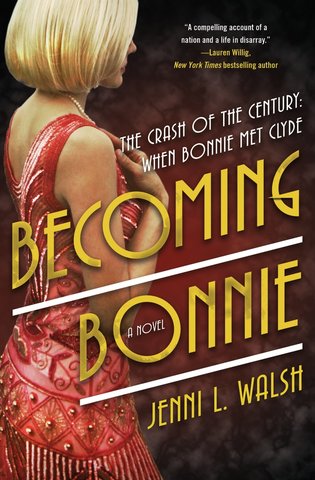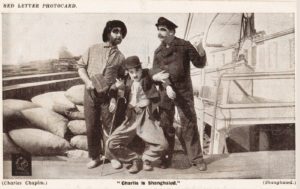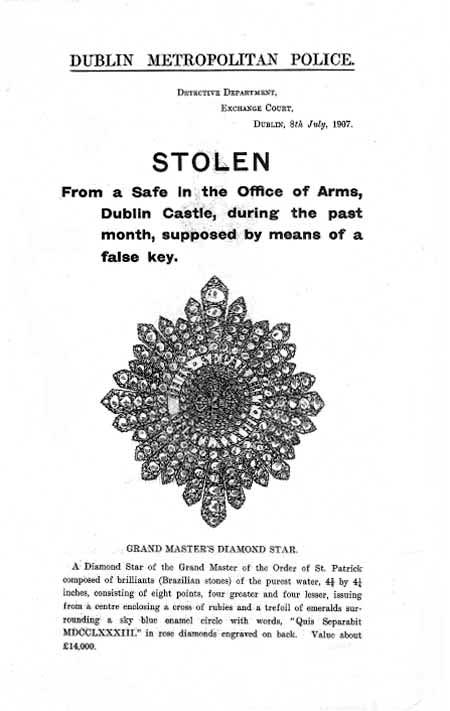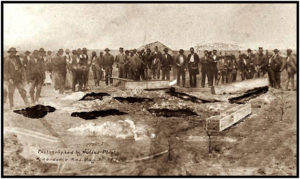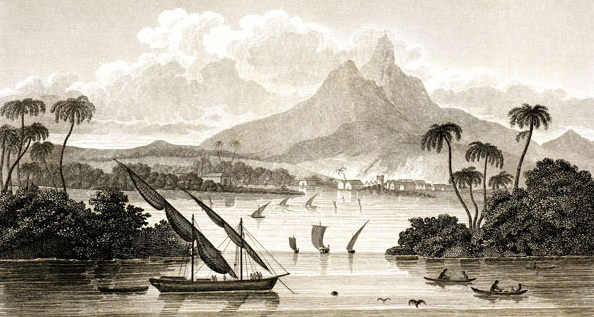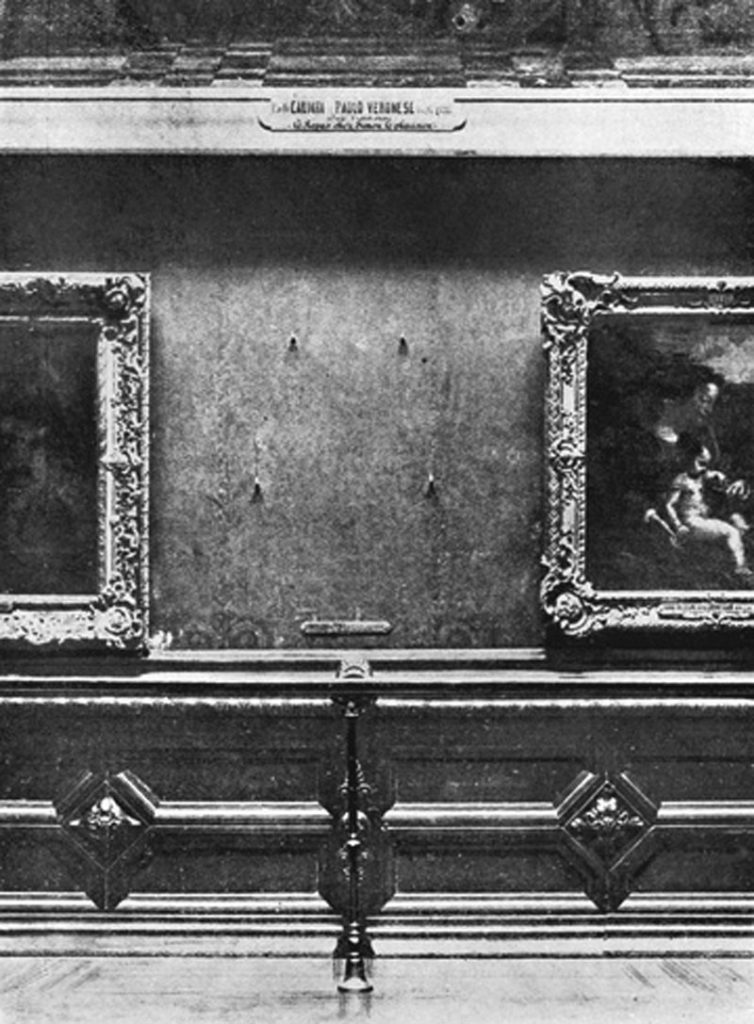“Morals reformed – health preserved – industry invigorated instruction diffused – public burthens lightened – Economy seated, as it were, upon a rock – the gordian knot of the Poor-Laws are not cut, but untied – all by a simple idea in Architecture!” Those are the words of Jeremy Bentham, an English philosopher who is now known as one of the founders of utilitarianism. The architecture that he refers to is a proposed prison known as the panopticon, a circular prison that would allow a single guard to see all of the inmates, and the inmates would not know if they were being observed or not. Bentham hoped that, because prisoners would not know whether they were being watched or now, that they would always act as if they were being monitored, and that the panopticon would lead to a gradual change in behavior for those confined within it.
No true panopticons were ever built but several prisons (such as Cuba’s Presidio Modelo, pictured below) were based on the design. The panopticon’s true legacy is as a metaphor, most notably one used by the French philosopher Michel Foucault in his book about power and the history of prisons Discipline and Punish. In a panopticon, the discipline of the prison is not something that comes from chains, whips, or gross application of power. Rather, power and discipline is inscribed upon the mind of those imprisoned.

Related Links:
Bentham’s writings on the Panopticon.
Foucault on the Panopticon from Discipline and Punish.
Jeremy Bentham’s wishes were that his corpse be preserved in a cabinet called an “auto-icon” and viewable by… anyone who wanted to view it. The auto-icon now sits at University College London and you can find more info here and an interactive auto-icon here.
Podcast: Play in new window | Download
Subscribe:






